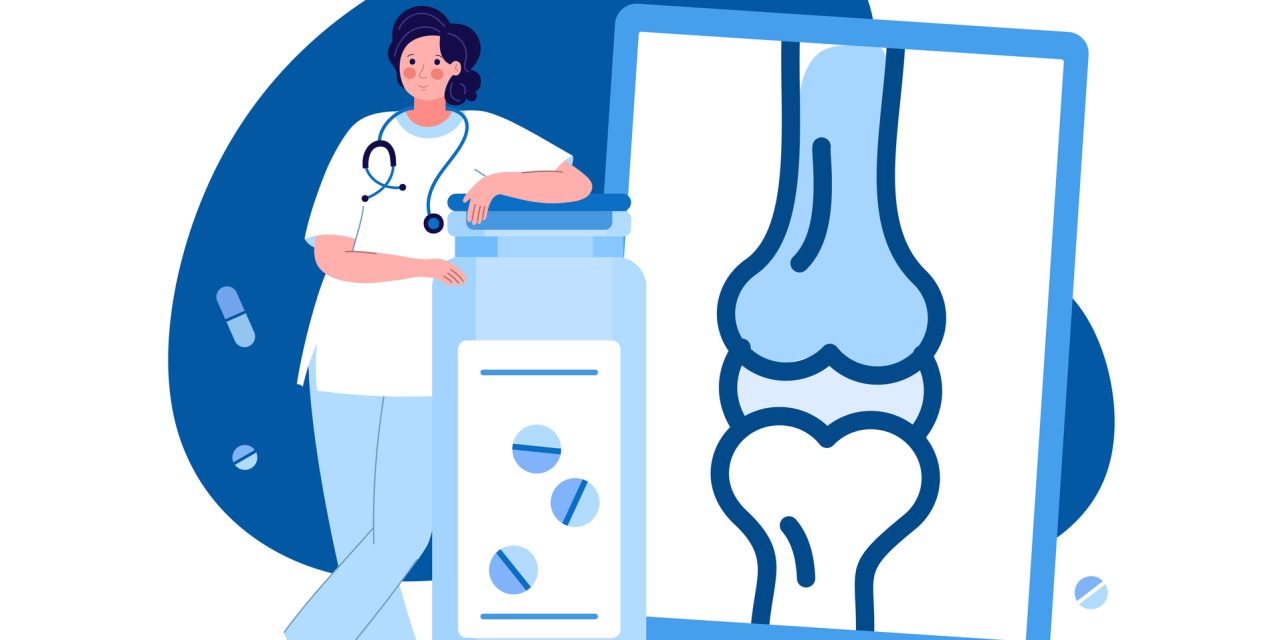Systemic Lupus Erythematosus (SLE) is a complex and heterogeneous autoimmune disease mediated by quantities of autoantibodies in which anti-double-stranded DNA (anti-dsDNA) antibodies are important. Besides, glycosylation is one of the most commonly post-translational modifications of antibodies. The association of anti-dsDNA antibodies glycosylation and SLE disease activity is still unknown.
We enrolled 101 consecutive treatment-naïve SLE patients with positive anti-dsDNA antibodies from the Department of Rheumatology and Immunology at Ruijin Hospital, Shanghai, between 2017 and 2019. Serum samples were used in this study. We analysed the glycosylation of anti-dsDNA IgG and total IgG subclasses according to systemic lupus erythematosus disease activity index (SLEDAI) scores. Statistical analysis and machine learning were performed to assess the correlation between glycosylation of anti-dsDNA IgG and total IgG with disease activity.
Serum samples from 86 patients could be detected with anti-dsDNA IgG glycopeptide and subclass of IgG glycoform. Cluster analysis showed that glycosylation of anti-dsDNA IgG and total IgG subclasses were different in SLE patients. Fucosylation, galactosylation, and sialylation levels of anti-dsDNA IgG1 were increased with SLEDAI scores (all p<0.05). The results of machine learning showed that all the glycoforms of anti-dsDNA IgG1 had better performance with lower standardised square error (SSE) than that of total IgG1, with anti-dsDNA IgG1 fucosylation level having the lowest SSE (0.009).
Our study indicated that glycosylation of anti-dsDNA IgG was different from that of total IgG and fucosylation of anti-dsDNA IgG1 correlated best with SLE disease activity.
This work is supported by the National Key Research and Development Program of China (2018YFC0910303), National Natural Science Foundation of China (81801592, 82101876), Clinical Research Plan of SHDC (SHDC2020CR4011), Ruijin Hospital Youth Incubation Project (KY2021607) and Shanghai Pujiang Young Rheumatologists Training Program (SPROG202006).
Copyright © 2022 The Authors. Published by Elsevier B.V. All rights reserved.
Fucosylation of anti-dsDNA IgG1 correlates with disease activity of treatment-naïve systemic lupus erythematosus patients.


